Ever tried running a marathon in flip-flops? Not gonna happen.
Yet countless small business owners attempt the equivalent every day, trying to build thriving operations from garages, spare bedrooms, and sketchy, makeshift storage units.
Your business infrastructure matters just as much as your product or service. Successful brands understand that the right space frees up your mental bandwidth to obsess over what really matters: your customers.
Joseph Ely, Chief Operating Officer of WareSpace, has watched hundreds of businesses transform, scale, and thrive after solving their space problems — and has noticed one clear pattern to success: When you’re not worrying about where to put the next pallet or apologizing for your “warehouse” actually being your living room, you can finally focus on delivering exceptional customer experiences.

Breaking Through the (Literal) Ceiling
“You can only scale so far from a spare bedroom,” Joseph suggests.
If you’re running a business from your garage or spare bedroom, you already know the limitations. Pallets in your living room. Boxes blocking your car. That awkward moment when a delivery driver can’t find your “warehouse” because it’s your house.
“There’s a physical reality that limits growth in makeshift spaces,” Joseph explains. “You can fit one or two pallets in your garage, but not ten. At some point in your growth journey, there’s definitely a ceiling.”
The problem isn’t just physical — it’s psychological. When your “fulfillment center” doubles as your dining room, you’re compromising your ability to deliver exceptional customer experiences.
“Most warehouses are designed for boxes,” the Warespace COO adds. “We’re building warehouses designed for humans — spaces that are efficient, intuitive, and make sense for the way people actually work.” Joseph also noted that optimal space will drive peak results for physical, mental and emotional performance.
When you’re ready to make the leap from side hustle to serious business, your workspace isn’t just about storage — it’s about legitimacy and professionalism.

Excellence Stems from Fundamentals
The foundation of a thriving business isn’t just your product — it’s the infrastructure that supports everything you do.
“If you want to be the best runner, you’ll eat the best food, learn the best ways to stretch, and get the best running gear,” Joseph says. “It’s the same with your business. If you’re truly committed to excellence, you don’t cut corners on fundamentals — and where you operate from is absolutely fundamental.”
When what was a part-time gig becomes a full-time career, you suddenly require equipment like loading docks, internet, security, and a legal mailing address to work efficiently.
What’s more, every minute spent searching for inventory in your overcrowded garage is a minute not spent improving your product or connecting with customers.
7 Steps to a Human-Centered, Growth-Ready Warehouse
Your operational space isn’t just about storage — it’s about freedom to focus on growth.
1. Evaluate the True Time Dedicated to Your Current Setup
Begin by calculating what your current arrangement is really costing you.
“Your number one resource is your time — not capital,” Joseph emphasizes. “Hours spent managing facilities issues is time stolen from growing your business.”
To understand your true current costs, calculate:
Direct time costs:
- Hours spent hunting for inventory
- Time wasted moving things to access what you need
- Travel between multiple storage locations
Hidden financial costs:
- Excess inventory purchases due to poor visibility
- Products damaged from improper storage
- Higher shipping costs from inefficient packing
Customer experience costs:
- Delayed shipments from disorganization
- Unprofessional impression for visitors
- Limited ability to showcase products
Every hour spent dealing with inadequate space is an hour you’re not focused on delighting customers.
2. Adhere to the Maximum 15% of Revenue Rule
This simple rule keeps you from overspending on space at the expense of other business priorities.
Before looking at spaces, determine what you can realistically afford without compromising customer service.
“You generally want your space costs to be less than 15% of your revenue,” Joseph recommends. Some variations to consider:
- E-commerce businesses might allocate slightly more due to inventory needs
- Service businesses might aim lower as they need less physical space
- Seasonal businesses should calculate based on average annual revenue
This 15% guideline ensures facility costs won’t drain resources needed for customer-focused initiatives.
3. Remember That Total Value Goes Beyond Square Footage
“Traditional landlords focus on square footage pricing because that’s what serves them, not you,” Joseph explains. “Small business owners need a simple, predictable monthly price that includes everything they need.”
When evaluating warehouse options, look at:
All-inclusive vs. itemized:
- Are utilities included or separate?
- Who handles maintenance issues?
- Are there hidden fees for common areas?
Functionality:
- Is racking included and permitted?
- Are loading docks available?
- Is climate control standardized?
Time management:
- Who coordinates repairs?
- How much time will you spend on facility management?
- Is security handled for you?
Customer-facing benefits:
- Does the space offer a professional address?
- Can you receive packages reliably?
- Are there meeting spaces for client interactions?
When you have predictable expenses, you can develop accurate pricing for customers and deliver consistent service without cutting corners.
4. Plan for Growth With Flexibility
“Companies need to be highly agile in their access to resources,” Joseph says. “This is standard in the digital world, you can scale cloud services instantly as needs change. That’s harder with physical space, but it’s what businesses need.”
This flexibility directly impacts customer relationships. When you experience a sudden demand surge, you need to scale up quickly to maintain service levels.
Use this checklist to evaluate flexibility:
- Can you increase or decrease your space when needed? If so, how quickly, and with what penalties?
- What is the minimum commitment period?
- What are the exit terms? Can they be adjusted as your business evolves?
- Are hours compatible with your business needs?
- How customizable is the space?
Joseph adds, “Don’t lock yourself into performing for a landlord when you can’t guarantee how your customers will perform for you.”
5. Assess the Community Factor
The most unexpected value often comes from the community surrounding you.
“Our General Managers become delivery capsules for thousands of hours of collective experience,” Joseph says. “They helped each tenant benefit from the lessons and innovations of the entire community.”
Being part of a business community gives you access to collective wisdom and feedback that can improve your own enterprise. You might even meet potential partners with complementary businesses — or just partners to split collective costs.
He adds, “Our team, especially our General Managers who are on the ground, interfacing with tenants and problem-solving become the delivery mechanism for the brand and they have thousands of hours of collective problem-solving that builds and becomes an advantage for our tenants.”
6. Embrace Your Knowledge Gaps and Ask the Right Questions
“Know what you don’t know,” Joseph advises. “First-time warehouse renters often scramble when they’re suddenly out of compliance with regulations they didn’t even know existed.”
When evaluating a new space, be thorough in your questioning. At minimum, Joseph recommends getting clear about:
- Total costs (including all utilities and services)
- Scaling options (can you grow or reduce your footprint as needed?)
- Tenant references or reviews (talk to current tenants about their experience)
- Compliance requirements (what regulations will you need to meet?)
7. Value Your Time as Your Scarcest Resource
Every minute spent on facility issues is a minute not spent improving customer experience. See your workspace as an investment, not an expense. The right space is a strategic investment enabling growth, measured in your capacity to serve additional customers, develop new products, smooth out operations, and enhance brand legitimacy.
Transformation Beyond Space
The right space isn’t just about square footage—it’s about transforming your entire business operation.
“73% of tenants report their business has grown since moving to WareSpace,” Joseph says. “This growth isn’t coincidental—it’s because they have the right infrastructure, environment, and tools to scale efficiently.”
This growth translates to increased capacity to serve customers, with 27% of tenants hiring new employees as a direct result.
One example is a commercial upholstery business that spent 20 years in a basement, where physical space placed a hard limit on what they could accomplish. “Within six months, they upgraded to a medium unit, and a year later expanded into our largest unit — growth they attributed directly to having the right space.”
The transformation goes beyond business metrics and into the necessity of creating a space for both business and life:
“Tenants are reclaiming their personal spaces—taking back living rooms and garages so they can separate work and life,” he added. “There’s a quality of life improvement when your inventory isn’t stacked in your dining room and your spouse can park in the garage again.”

Space as a Strategic Advantage
The decisions you make about your operational space fundamentally shape your business trajectory. While it might feel like just another expense on your balance sheet, the right warehouse solution becomes a strategic advantage in your growth journey.
The most successful entrepreneurs understand that physical infrastructure isn’t something to solve “someday”—it’s often the very bottleneck preventing them from reaching the next level today. By implementing the framework outlined above, you’re not just finding a place to store inventory; you’re creating the foundation that allows your business to thrive.
Joseph summarizes it perfectly: “When small business owners solve their space problems, they unlock potential they didn’t even realize was being constrained. Suddenly, they’re not spending mental energy on logistics headaches—they’re innovating, connecting with customers, and building the business they always envisioned.”
The ultimate choice is simple: Continue letting your space limitations dictate your business potential, or create an operational foundation that propels you forward. When you choose the right warehouse solution, you’re investing in more than just square footage—you’re investing in freedom to focus on what truly matters.
Your customers won’t see your warehouse. But they’ll absolutely feel its impact in every interaction with your business.
Ready to scale your business?
Find the ideal warehouse space for your business at a low monthly rate, near you.
- 12+ prime locations
- 1,200+ customers
- Rated 4.8 out of 5
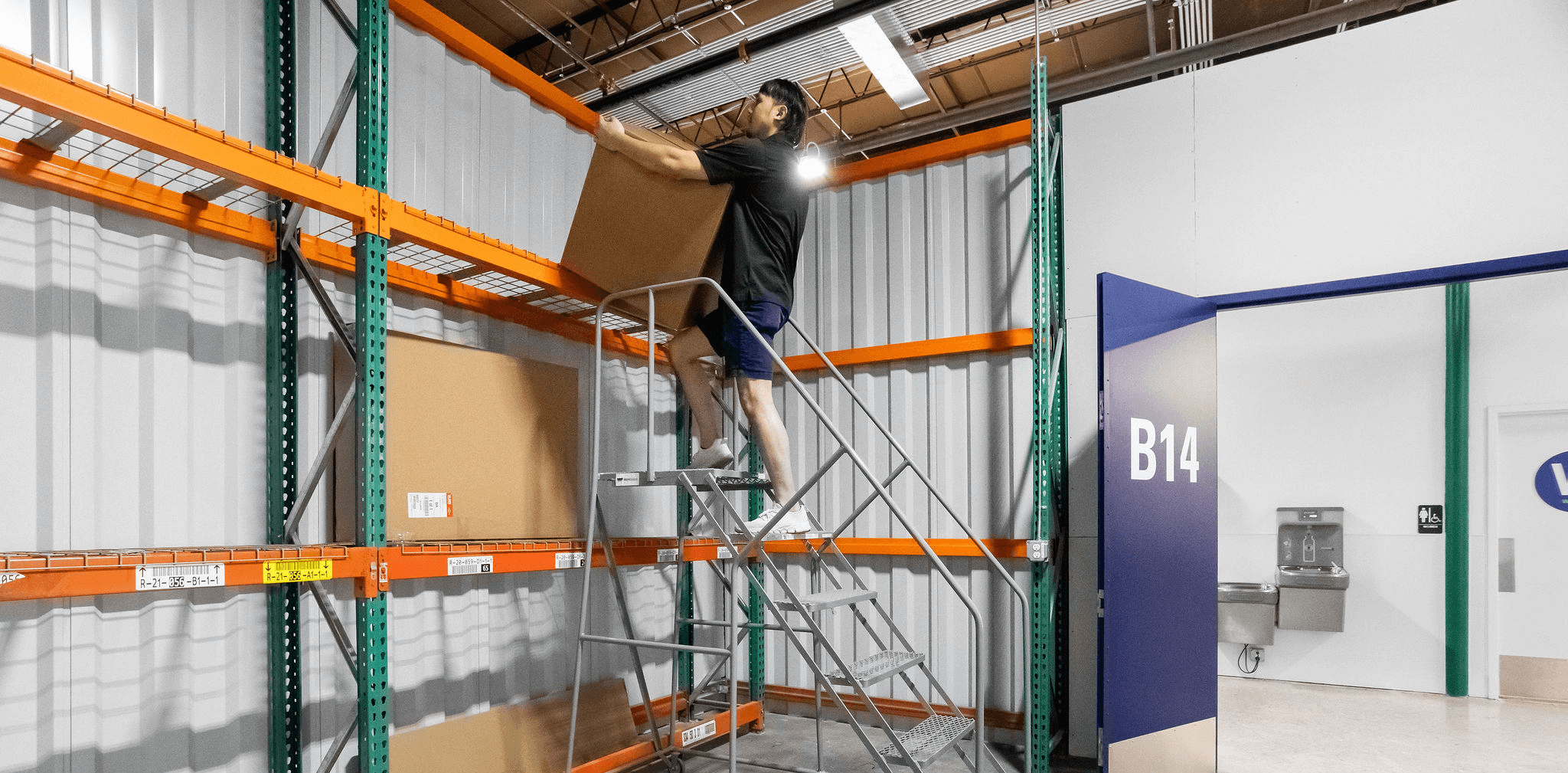
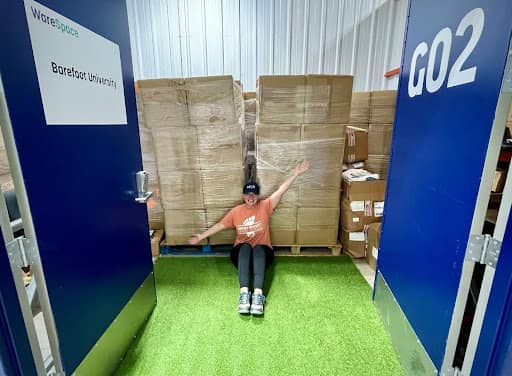

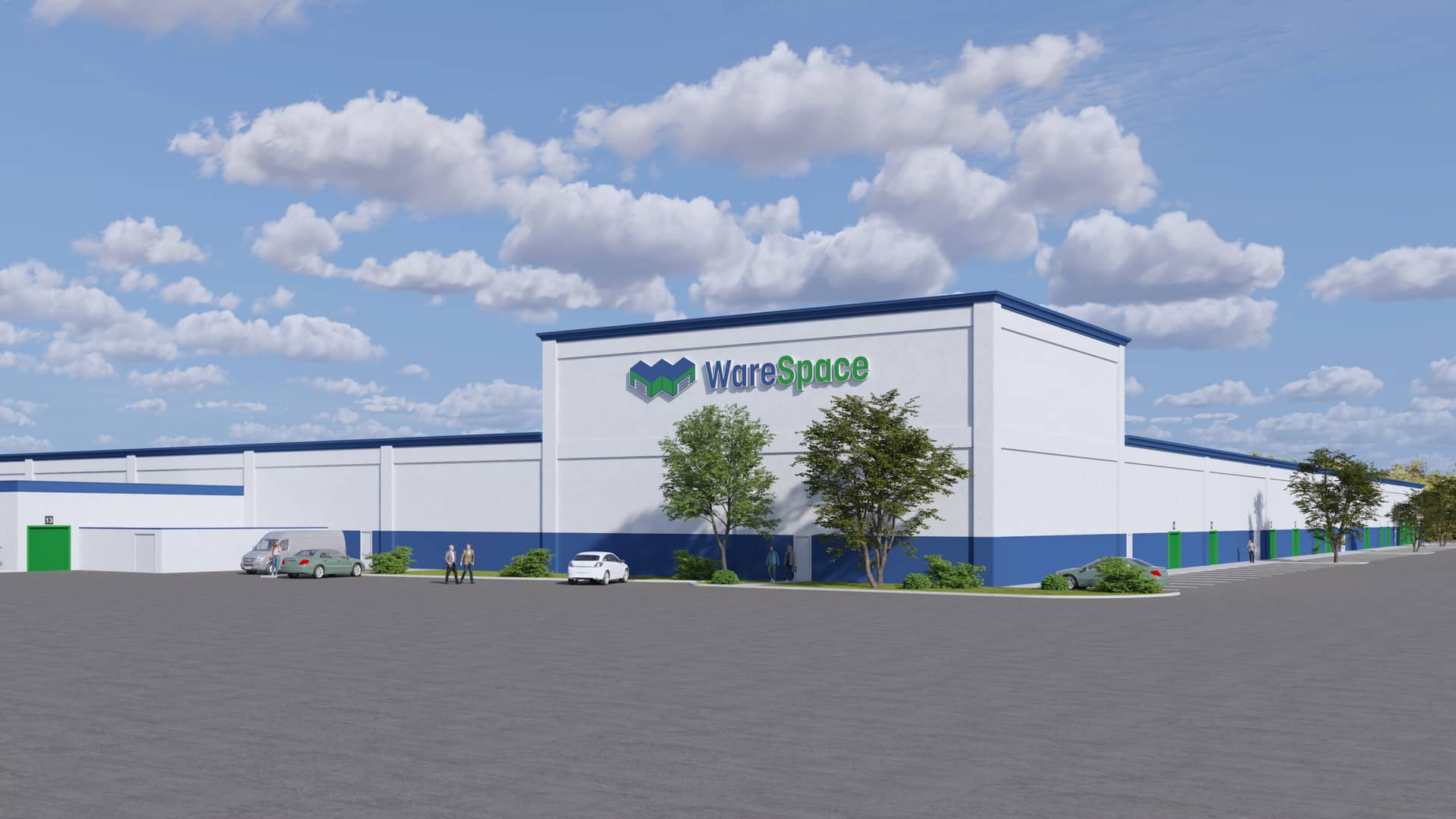
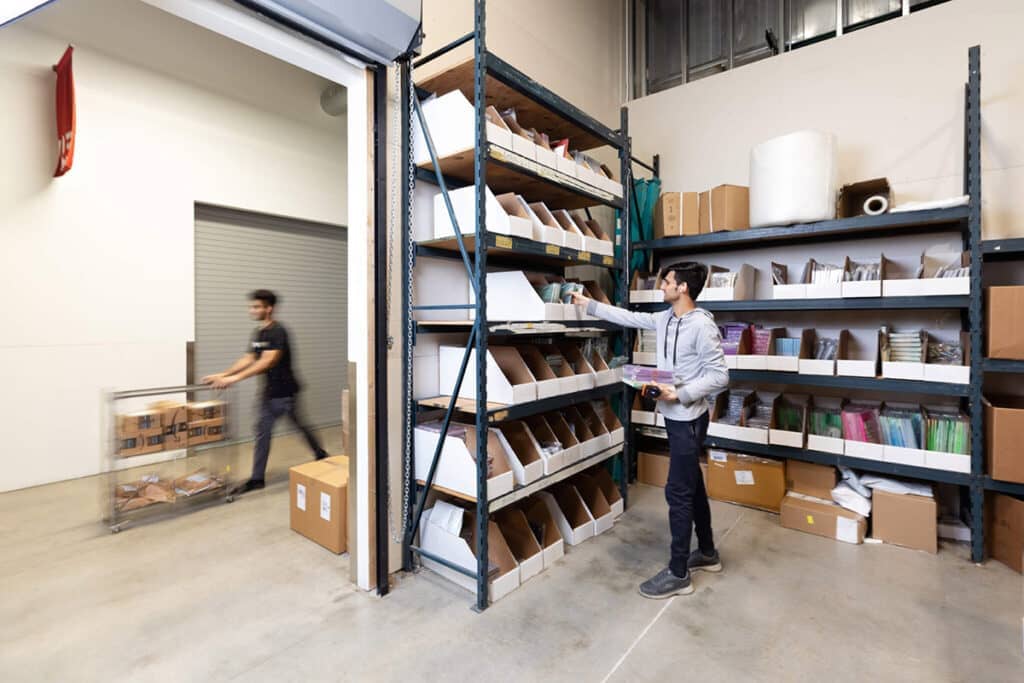
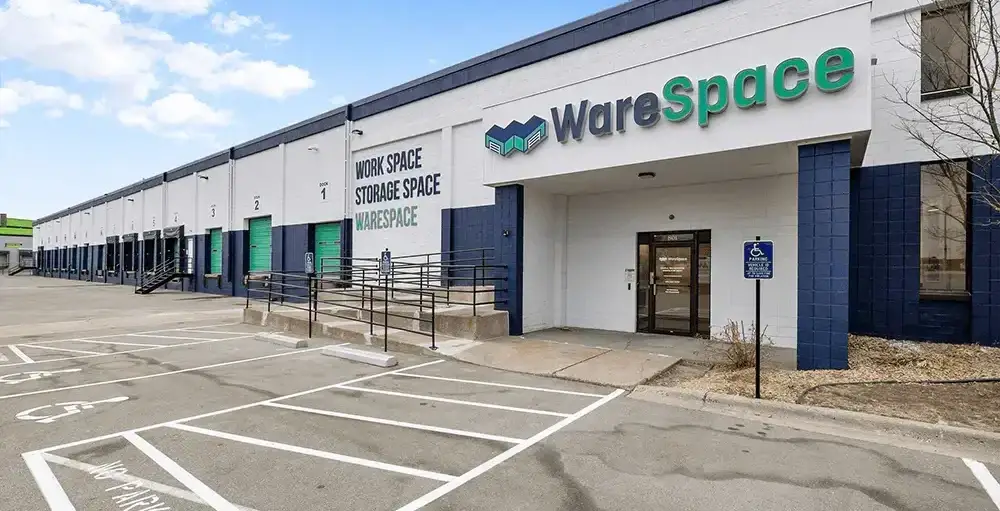
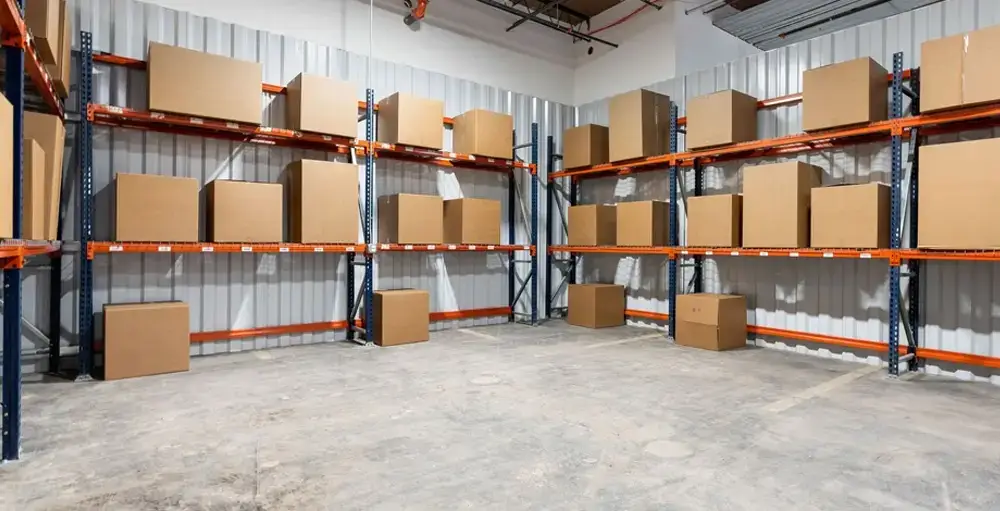
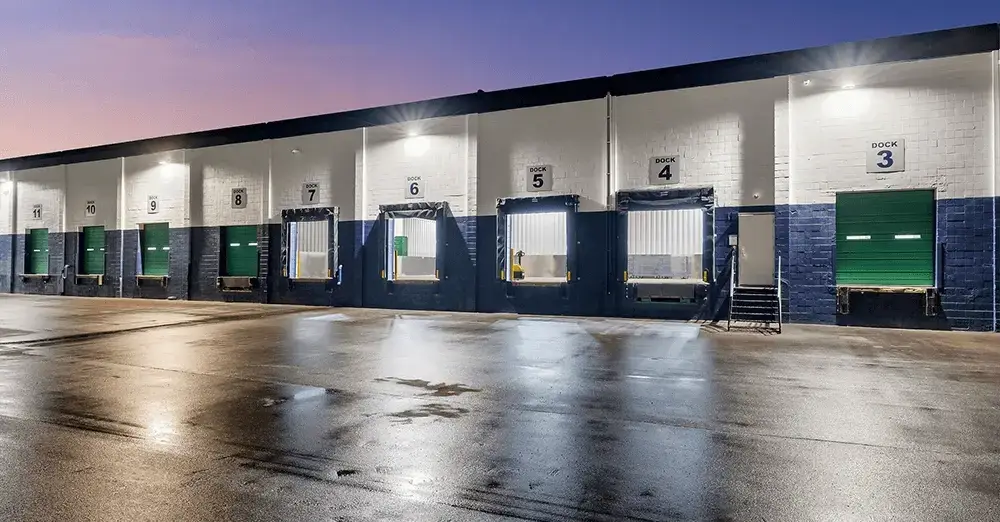
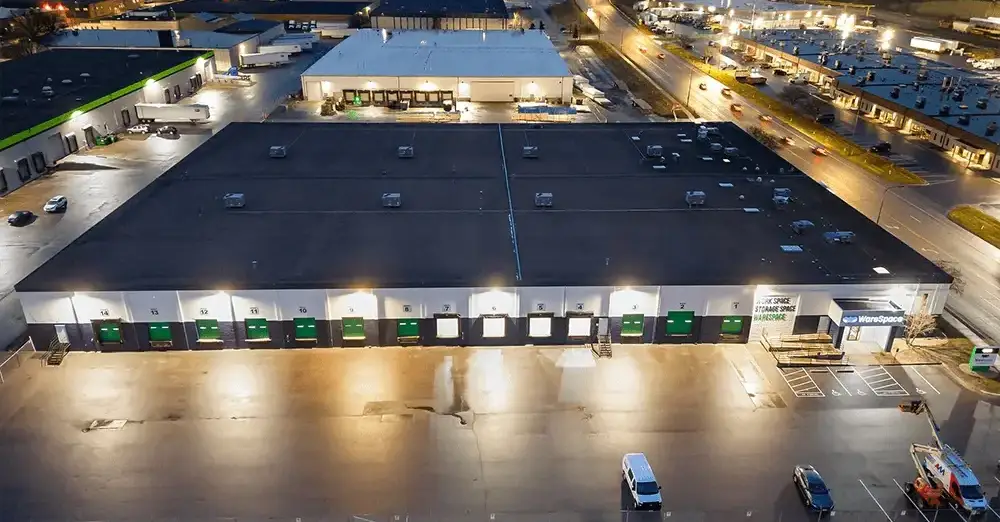











 ►
Explore 3D Space
►
Explore 3D Space